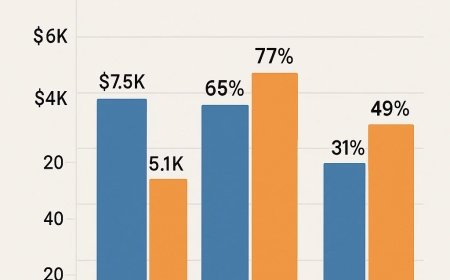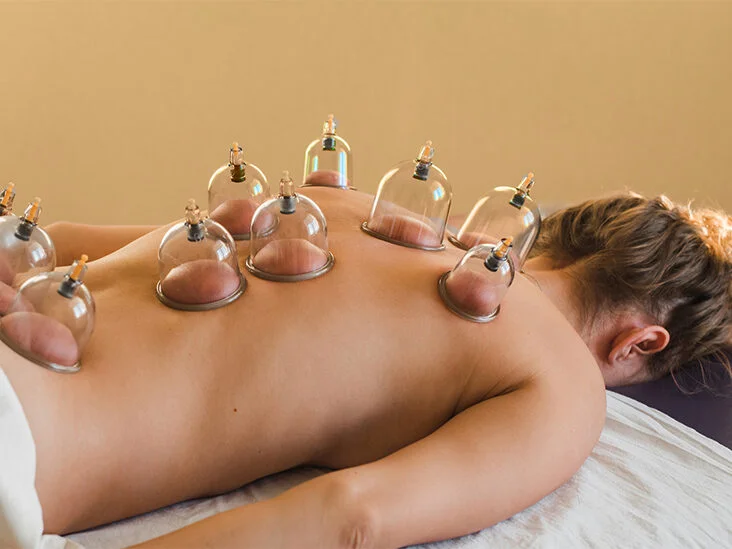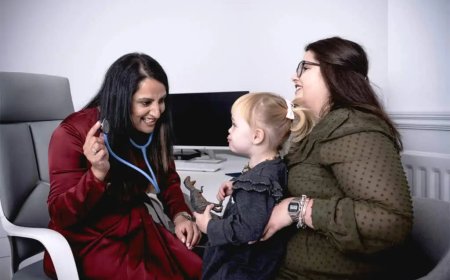Detecting Early Signs of Ulcers: Diabetic Foot Care at Home in Dubai
Diabetic Foot Care At Home in Dubai – Who wants foot problems when you can handle them from your couch? Book us now and keep your feet in top shape!

For individuals living with diabetes, foot ulcers are more than just a skin issuethey are a serious medical concern that can lead to infections, hospitalization, or even amputation. The good news? With the right knowledge and a proactive approach, early signs of foot ulcers can be detected and managed effectively without even stepping outside your home. This is where Diabetic Foot Care at home Dubaiplays a crucial role in both prevention and healing.
Why Early Detection of Foot Ulcers Matters
Foot ulcers usually begin with something as simple as a blister, crack, or unnoticed injury. However, due to poor circulation and nerve damage (diabetic neuropathy), many diabetics dont feel pain in their feet. Thats why regular monitoring and care are essential.
Catching ulcers early reduces the risk of complications, speeds up healing, and can eliminate the need for costly treatments. This is especially important in Dubai, where rising temperatures and busy urban lifestyles may make frequent clinic visits inconvenient.
Common Early Signs of Diabetic Foot Ulcers
Detecting foot ulcers early begins with knowing what to look for. During Diabetic Foot Care at home in Dubai, pay close attention to these signs:
-
Redness or swelling in a specific area
-
Changes in skin color or texture
-
Persistent foot pain or numbness
-
Open sores, cuts, or blisters that dont heal
-
Foul-smelling discharge
-
Warmth in a localized area of the foot
If any of these signs appear, its time to act fasthome-based care can prevent the issue from progressing.
The Process of Diabetic Foot Care at Home in Dubai
1. Daily Foot Inspection
Use a mirror or ask for help to inspect the soles, sides, and between the toes daily. Early detection begins here. Look for signs of pressure points, sores, or color changes.
2. Gentle Cleaning and Moisturizing
Wash feet with lukewarm water and mild soap, then pat dry thoroughlyespecially between the toes. Apply a non-greasy moisturizer to prevent cracking, but avoid applying between the toes.
3. Nail and Skin Management
Trim toenails straight across and smooth the edges to prevent ingrown nails. Gently manage calluses and dry skin using a pumice stone. Avoid sharp instruments.
4. Proper Footwear
Wear diabetic-friendly shoes and socks designed to reduce friction. Avoid walking barefoot, even at home.
5. Pressure Relief Techniques
If a sore spot is noticed, reduce pressure using gel pads or orthotic inserts. This is critical for preventing the wound from becoming an ulcer.
6. Blood Sugar Monitoring
Keep glucose levels stable. High sugar levels slow wound healing and increase infection risks.
By following this daily routine, Diabetic Foot Care at home in Dubai becomes a powerful method of self-protection and wellness.
Preventive Treatments at Home
Preventing ulcers is the first step in diabetic foot care. Here are some treatment strategies that can be done at home:
a. Moist Wound Healing
If theres a small wound, keeping it moist (not wet) helps accelerate healing. Use prescribed ointments and cover with sterile dressings.
b. Offloading Techniques
Reduce pressure on the ulcer-prone areas using orthotic footwear, heel cushions, or padded insoles. This helps prevent pressure sores.
c. Antiseptic Cleansing
Using antiseptic sprays or iodine-based solutions can prevent bacterial infections when applied to minor wounds or blisters.
d. Home Infrared Devices
Some clinics recommend infrared therapy devices for home use. These increase blood circulation in the feet and can support ulcer prevention and healing.
Curative At-Home Treatments for Minor Ulcers
If a small ulcer has already formed, immediate home care is possible under the guidance of a healthcare provider:
a. Debridement (Superficial)
With proper training or nurse assistance, removing dead skin around the ulcer can be done gently. This helps the wound heal faster.
b. Antibiotic Ointments
For minor infected ulcers, topical antibiotics like mupirocin or silver-based creams may be used, as prescribed.
c. Non-Adhesive Dressings
Use sterile, non-stick dressings to keep the ulcer protected. Change dressings regularly to prevent moisture buildup and infection.
d. Telehealth Support
Many diabetic patients in Dubai now benefit from teleconsultations. Nurses and doctors provide guidance and track ulcer progress remotely.
When to Seek Medical Help
While Diabetic Foot Care at home in Dubai is effective for prevention and minor issues, certain signs mean you should visit a specialist:
-
Ulcers deeper than 1 cm
-
Blackened skin or foul-smelling discharge
-
Spreading redness or swelling
-
Fever or chills
-
Ulcer not improving after 710 days of home care
Dubai has advanced diabetic foot clinics that offer debridement, infection control, and advanced wound dressings, including vacuum therapy.
Benefits of Diabetic Foot Care at Home in Dubai
Practicing regular foot care at home offers several advantages:
-
Convenience No clinic visits required for preventive care
-
Cost-effective Saves money on emergency treatments
-
Time-saving Fits into daily routine easily
-
Empowering Gives patients control over their health
-
Privacy No need to expose ulcers or wounds publicly
Dubai also supports home nursing services that can assist with foot care procedures like dressing changes, making it easy to blend professional care with your home routine.
Post-Treatment Foot Care and Monitoring
Once an ulcer is healed, preventing recurrence is critical. Heres how to maintain results:
-
Continue daily foot checks to catch new issues early
-
Use custom footwear to redistribute pressure
-
Schedule regular checkups with a podiatrist every 612 months
-
Keep blood glucose levels under tight control
-
Stay active with low-impact exercises like walking or swimming
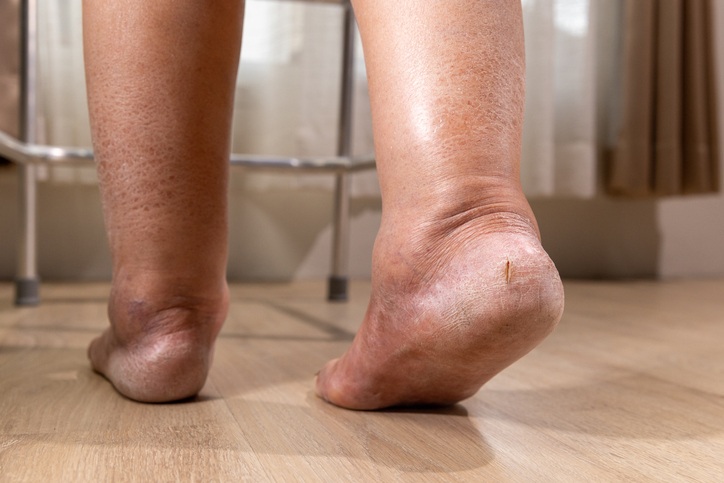
Why Dubai is an Ideal Location for At-Home Diabetic Foot Care
Dubais healthcare infrastructure is well-equipped for home care services. Patients can access:
-
Same-day prescription delivery
-
Mobile wound care services
-
Home nurse visits
-
Telemedicine consultations with diabetic specialists
This makes Diabetic Foot Care at home in Dubai not just possible, but highly efficient and safe.
Conclusion
Detecting early signs of foot ulcers can save limbsand lives. By establishing a daily home care routine, diabetics in Dubai can prevent severe complications, reduce hospital visits, and live a more active, independent life. Whether you're preventing foot issues or managing a minor ulcer, Diabetic Foot Care at home in Dubaioffers a personalized, safe, and effective solution. Start todayyour feet will thank you tomorrow.






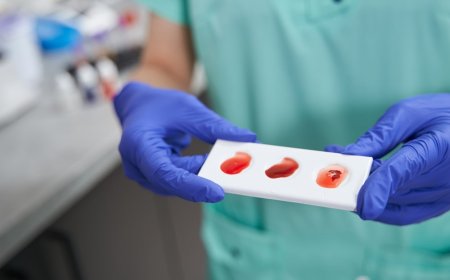
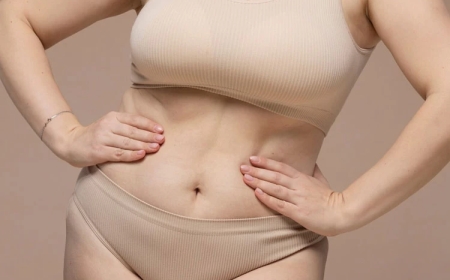
&srotate=0)











